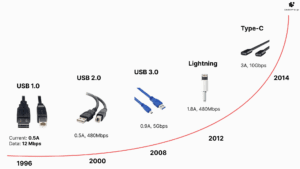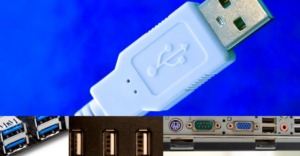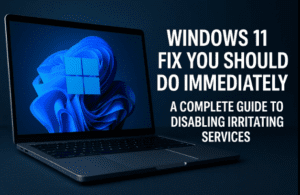If you’re looking to enhance the performance of your Windows 11 24H2 system, whether it’s for gaming, designing, editing, or just smooth browsing, this guide is for you! Follow these simple yet effective steps to get the most out of your system by optimizing it without relying on complex processes.

Step 1: Check Your Windows Version
Before jumping into optimizations, confirm that you’re running Windows 11 24H2. To do this:
- Open the search bar and type “winver”.
- The version you should see is 24H2 OS Build 26100.2033.
Step 2: Analyzing Current Performance
We start by reviewing your system’s current performance. This is important to compare before and after optimization results:
- Open Task Manager by pressing
Ctrl + Shift + Escor right-clicking on the taskbar. - In the Processes tab, check how much system resources are being used without any optimizations. Take note of values like CPU usage, processes count, and memory usage.
Step 3: Creating a Restore Point
Before making any system changes, it’s essential to create a system restore point. This ensures you can revert back to your current setup if something goes wrong:
- Open the search bar and type “Create a Restore Point”.
- In the new window, click on “Create” and name it something like “Optimization 24H2”.
- Wait for the process to complete, and your restore point is ready.
Step 4: Using the Chris Titus Tool for Tweaks
The Chris Titus Tool is a powerful script designed to optimize Windows. To use this tool:
- Open a browser and search for “Chris Titus Tool”.
- Copy the script from the website.
- Open PowerShell as Administrator (right-click on the start menu and select PowerShell (Admin)).
- Paste the script and press Enter. This will start the optimization process.
Step 5: Applying Standard Tweaks
Once the Chris Titus Tool is running, follow these steps:
- Click on “Tweak” from the options.
- Choose “Standard” tweaks to automatically select the recommended optimization settings like:
- Delete temporary files
- Disable unnecessary features (e.g., Telemetry, Xbox DVR, Hibernation)
- Optimize startup and background processes
- After selecting, click “Run” to apply the changes. Let the tool run until it shows a message confirming that the tweaks are complete.
Step 6: Advanced Tweaks (Optional)
For more control, you can apply advanced tweaks:
- Disable IPv6 (if you’re not using it)
- Disable background apps
- Disable Microsoft Copilot if you don’t need it
- Enable Classic Right-Click Menu if you prefer the old style
- Remove OneDrive if you’re not using it
Note: Be cautious when applying advanced tweaks. Stick to recommendations unless you are sure about the changes.
Step 7: Manual Bloatware Removal
Even after using optimization tools, some bloatware may remain. To remove unnecessary apps:
- Open the Start Menu and go to All Apps.
- Right-click on apps like ClipChamp, Microsoft Teams, etc., that you don’t use, and select Uninstall.
Step 8: Startup Optimization
To prevent apps from launching automatically during startup:
- Open Task Manager and go to the Startup tab.
- Disable unnecessary third-party apps from starting up with your system (e.g., OneDrive, Steam, Skype).
- Ensure you leave essential apps like audio drivers or network utilities enabled.
Step 9: Visual Effects Optimization
Disabling unnecessary visual effects can further enhance system performance:
- Open the search bar and type “Adjust the appearance and performance of Windows”.
- Select “Adjust for best performance” but enable the following essential options:
- Show thumbnails instead of icons
- Smooth edges of screen fonts
- Animate windows when minimizing and maximizing
Step 10: Enabling Ultimate Power Plan
Finally, you can unlock Windows’ Ultimate Performance power plan for maximum performance:
- Open the Chris Titus Tool again, select “Ultimate Performance Plan”, and activate it.
- This power plan is perfect for demanding tasks like gaming or editing.
Step 11: System Restart and Final Performance Check
After applying all optimizations, restart your system to ensure all settings are applied. Once restarted, open Task Manager again to compare the performance:
- Process count should be lower.
- Memory usage should be reduced.
- CPU utilization should now be more efficient, improving your system’s overall responsiveness.
Conclusion
Following these steps will help your Windows 11 24H2 system run much smoother, whether for gaming, design, or day-to-day use. By utilizing both the Chris Titus Tool and manual tweaks, you can ensure a well-optimized system that runs at peak performance.



















